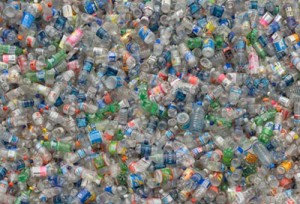Take a celebratory breath if you don’t live in the Iranian city of Ahwaz or the Mongolian capital Ulan Bator. According to the World Health Organization’s survey of world air pollution, the air in Ahwaz and Ulan Bator has so many particles in it that you could collect them in a salt shaker. If you plan to travel to either place, you might want to brown-bag plenty of Visine and surgical masks.
The easiest headline out of that WHO survey was to name the cities with the dirtiest air, the way I just did in the previous paragraph. But the media missed the bigger story in the survey: coal burning in India and China, why it’s going to get worse, and where technology might succeed and fail in efforts to curb greenhouse gas emissions.
The world’s two largest countries and largest emerging economies account for 43 of the top 100 most polluted cities in the WHO survey – 24 for India and 19 for China. The survey ranked cities on the amount of particulates in their air. The biggest single source of airborne particulates is coal-fired power plants, the top source of greenhouse gases. Ahwaz and Ulan Bator may be the most obvious goats on the list, but India’s and China’s growth potential make them the much more serious pollution concern. India approved 173 new coal-fired power plants last year alone, even as complaints about air quality and health problems near coal facilities turn into open protests. As early as 2006, environmental advocates were documenting the damage that emissions from China’s coal-burning power plants were doing to environments thousands of miles away.
A common response is to blame loose environmental regulations and obsolete technology for the high pollutant levels coming from Chinese and Indian coal plants. If they’d adopt higher standards, they wouldn’t be dumping as much carbon dioxide and sulfur dioxide into the air. But at least in China’s case, that isn’t true. A research team from the Massachusetts Institute of Technology documented in 2008 that China’s new coal-fired plants were built to Western standards and employ the latest scrubber technology for removing pollutants. The problem is that scrubbers aren’t enough when a country is burning low-quality coal, as China does. In a surprisingly frank assessment from a quasi-state-controlled newspaper, China Daily reported that more than 71 percent of Chinese coal-fired power plants have scrubbers, yet the country isn’t making much progress toward cleaner air. The Economist magazine was even blunter this past January: “The power stations frantically being built in China to feed the country’s new electricity grid will be relatively efficient and thus less polluting than older coal plants around the world. But that is a rather low bar. Coal is the filthiest fossil fuel and is cheap only because its dirtiness isn’t included in the bill.”
What’s happening in China and India underscores the fact that neither scrubbers nor any other currently available technology can make coal a wholly clean energy source. The smart money in curbing coal plant emissions shouldn’t be chasing better coal-burning technology. It should be focused on lowering the demand for electricity so we don’t have to burn as much coal. Compact fluorescent light bulbs and Energy Star appliances are an acceptable start, but they’re a bare fraction of what needs to happen to curb the demand for coal-fired electricity. Until the full weight of the industrial and scientific communities gets behind energy efficiency in everything that uses an electric current, the dirty air in Ahwaz and Ulan Bator will be symbols of a problem that extends far beyond the city lines.

